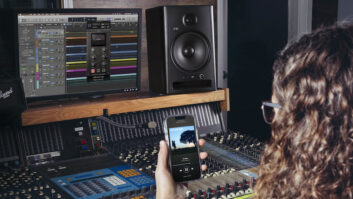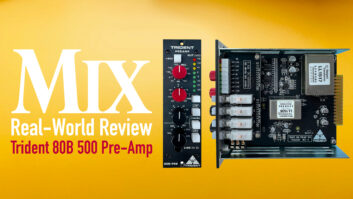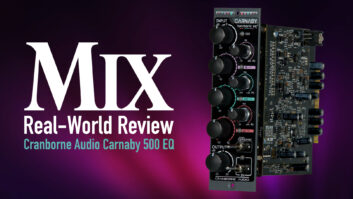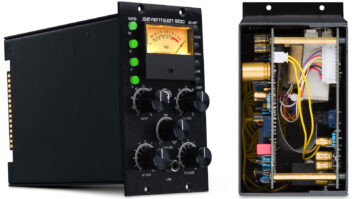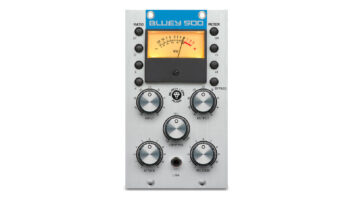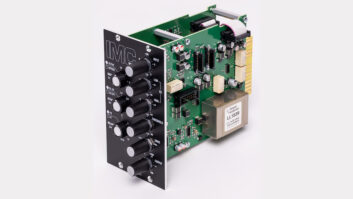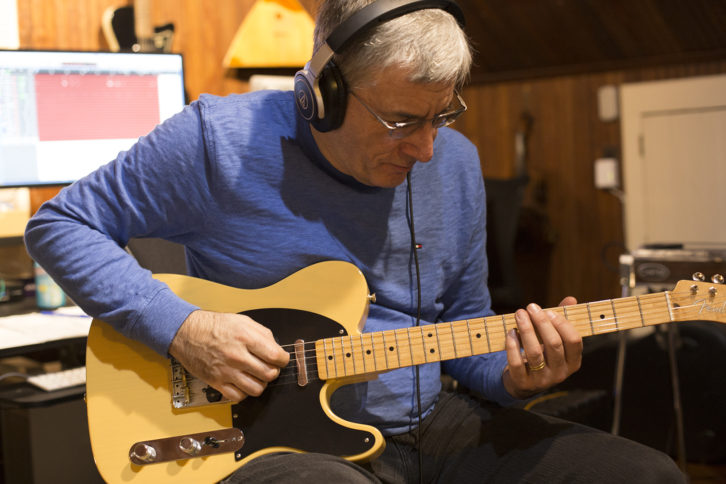
I’m old enough to remember the analog days, when recall sheets were necessary for reopening a mix. They were a total pain in the derrière to use, and the recalled mixes never seemed to be quite the same as the originals.
So for many years, I have been a huge fan and advocate of in-the-box mixing. To me, the convenience of being able to recall mixes with a click of the mouse is immensely appealing. Not only are recalls fast, but I love being able to work on one mix in the morning and another in the afternoon and not worry about having to reset knobs on hardware gear for each one.
Another factor in my decision was the price of hardware processors. With decent outboard compressors and EQs generally going for $2,000 and up, they were simply not affordable for me. And with the quality of plug-ins continually improving, I couldn’t justify the cost of going the hardware route, even if I wanted to.
But over the past couple of years, I’ve had a change of heart. While I still do a lot of mixing in the box, I am now much more open to adding hardware into the equation. The impetus for my change was the emergence of 500 Series processors. You could call them my “gateway drug” back into analog hardware.
Read more Mix Blog Studio: Tear It Down and Build It Up.
It started after I reviewed a Cranborne Audio 500R8, an audio interface and 8-space 500 Series rack that’s also a summing mixer and monitor controller. I liked it so much I purchased it. I also bought two of the company’s Camden preamps and subsequently picked up preamps from a couple of other manufacturers, too. I’ve enjoyed and benefited from the sonic variety.
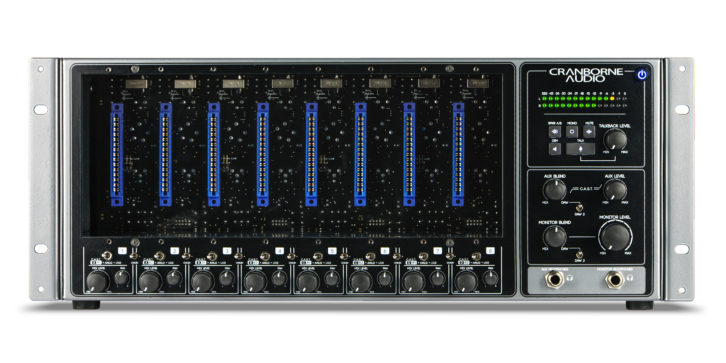
Granted, I mainly used the preamps for tracking, and my mixes were still mainly in the box, but the ice had been broken. I now owned some preamps with character rather than the more generic types typically found in interfaces.
My newfound desire for outboard gear led me beyond the 500 Series realm, and I purchased a rackmount stereo compressor when a good deal came my way. Without question, there’s something intangible about 500 Series units that I find especially alluring. Partly it’s the price: You don’t have to spend thousands on each processor.
But a big part of it is how that format makes it possible to populate a chassis with the gear of your choice. You can go all-in with one manufacturer or opt for a diverse selection of brands and sonic flavors. There’s almost a collectible aspect to it. Of course, it’s true that you could populate a conventional studio rack with various processors, too, but it would likely be a lot more expensive.
Some manufacturers I’ve talked to have told me that 500 Series gear doesn’t sell nearly as well as rackmount products. I was surprised to learn that. I certainly hope their experience is uncommon rather than indicative.
The technology is certainly viable. Sure, there was a time early in the life of 500 Series equipment when there were technical issues due to the sharing of the chassis’ power between processors on down the line. But contemporary designs provide enough power to make that a non-issue.
I haven’t had any power problems, and now I find myself lusting after various 500 Series processors that I see. I still mix plenty in the box, but no longer exclusively. I decide on a project-by-project basis.
I may have lost some convenience when it comes to recalls, but I’m loving the sound and the vibe of my analog gear.

